Home>Dining>Tableware>Where Is Food Network Dinnerware Made?
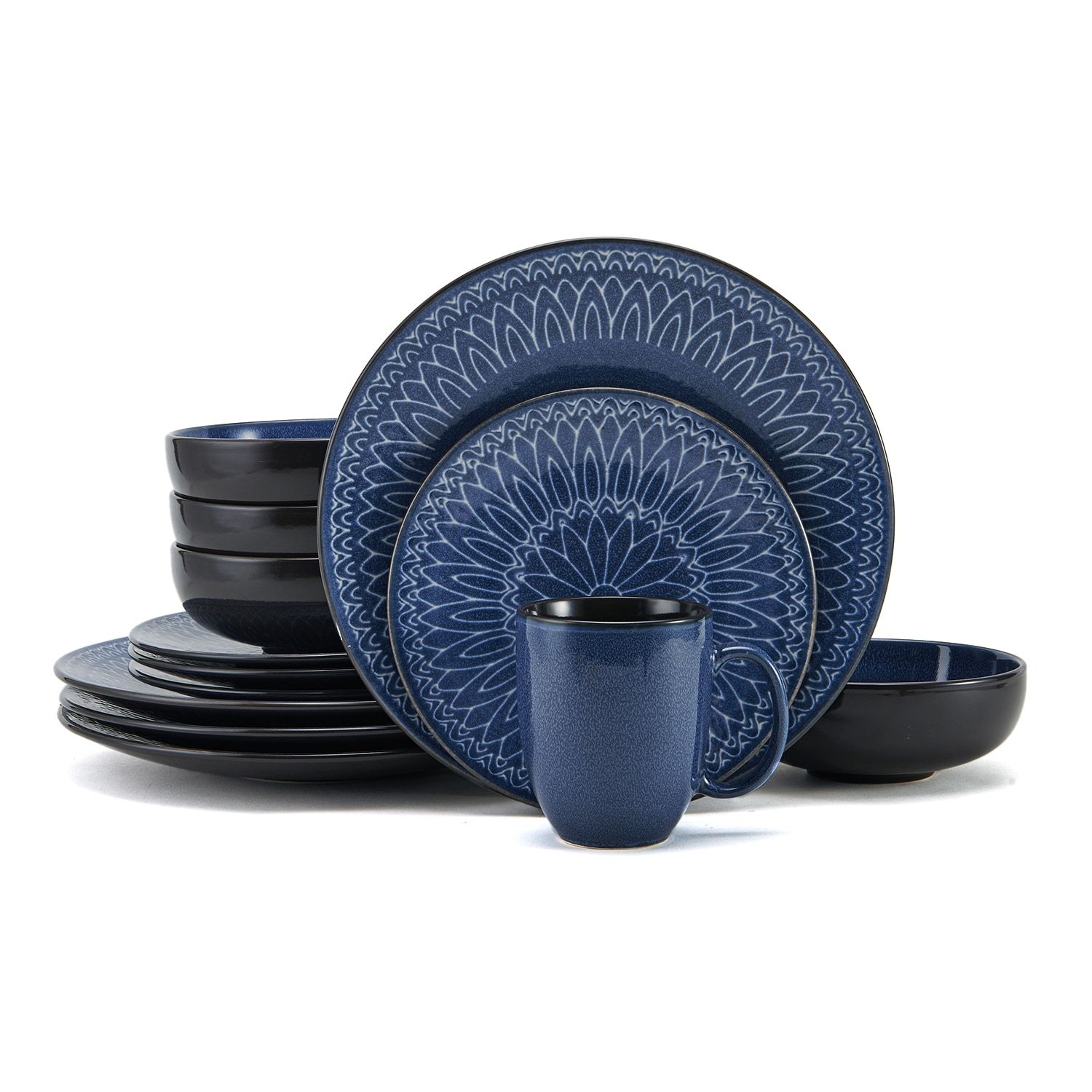

Tableware
Where Is Food Network Dinnerware Made?
Modified: January 19, 2024
Discover where Food Network tableware is made and explore the origins of your favorite dinnerware. Enhance your dining experience with high-quality, stylish tableware from Food Network.
(Many of the links in this article redirect to a specific reviewed product. Your purchase of these products through affiliate links helps to generate commission for Storables.com, at no extra cost. Learn more)
Introduction
Welcome to the world of Food Network dinnerware! If you’re a food lover or a fan of cooking shows, you’re probably familiar with the Food Network. Known for its culinary expertise and mouthwatering recipes, the Food Network has become a household name. But did you know that they also offer a line of dinnerware? That’s right! Food Network dinnerware combines style and functionality to elevate your dining experience.
In this article, we will explore the fascinating world of Food Network dinnerware and delve into where it is made. From the rich history of the brand to the meticulous manufacturing process, we will uncover all the details behind these exquisite pieces.
So, grab a cup of tea or coffee, sit back, and let’s dive into the world of Food Network dinnerware!
Key Takeaways:
- Food Network dinnerware is meticulously crafted from materials like porcelain, stoneware, and bone china, ensuring durability and elegance. The brand’s commitment to quality control and customer satisfaction shines through every piece.
- With production locations in countries like China, Thailand, and the United States, Food Network dinnerware combines expert craftsmanship, material selection, and environmental responsibility to offer stylish, high-quality options for every dining occasion.
Read more: Where Is Mikasa Dinnerware Made?
History of Food Network Dinnerware
The story of Food Network dinnerware dates back to the early 2000s when the Food Network decided to expand its brand beyond television shows and cookbooks. The idea was to create a line of products that would allow fans to bring the Food Network experience into their own homes. And thus, Food Network dinnerware was born.
With a focus on bringing the same level of quality and style found in their programming to the dinner table, Food Network collaborated with renowned designers and manufacturers to create a line of dinnerware that would meet the expectations of food enthusiasts.
Over the years, Food Network dinnerware has evolved and expanded to include a wide range of styles and collections, catering to various tastes and preferences. Whether you prefer classic elegance or modern simplicity, there is a Food Network dinnerware set that will suit your style.
Food Network dinnerware sets have gained a reputation for their durability and timeless design. Crafted with attention to detail, these pieces are not only beautiful but also designed to withstand the rigors of everyday use.
Today, Food Network dinnerware is a favorite choice among home cooks, professional chefs, and anyone who wants to add a touch of elegance and sophistication to their dining table. With a focus on quality and style, Food Network continues to be a leading name in the world of culinary products.
So the next time you’re watching your favorite cooking show on the Food Network, take a moment to appreciate the beautiful dinnerware that complements the dishes being prepared. It’s a testament to the brand’s commitment to providing a complete food experience.
Manufacturing Process of Food Network Dinnerware
The manufacturing process of Food Network dinnerware involves several intricate steps to ensure the production of high-quality and visually appealing pieces. Let’s take a closer look at how these exquisite dinnerware sets are made.
1. Design: The process begins with the design phase, where skilled artisans and designers work together to create unique and aesthetically pleasing dinnerware collections. Careful attention is paid to every detail, from the shape and size of the plates to the patterns and colors used.
2. Material Selection: The next step is selecting the right materials for the dinnerware. Food Network dinnerware is commonly made from durable materials such as porcelain, stoneware, or bone china. These materials are chosen for their strength, heat resistance, and ability to retain the flavors and aromas of the food being served.
3. Molding: Once the design and materials are finalized, the manufacturing process moves on to molding. This involves shaping the raw materials into the desired dinnerware pieces using molds and specialized machinery. The molds are carefully crafted to achieve the specific shape and size of each plate, bowl, or cup.
4. Glazing: After molding, the dinnerware pieces go through the glazing process. Glaze is applied to the surface of the dinnerware to give it a smooth, glossy, and protective finish. The glaze also adds color and enhances the visual appeal of the dinnerware.
5. Firing: The glazed dinnerware is then fired in a kiln at high temperatures. This firing process not only strengthens the dinnerware but also vitrifies the glaze, creating a durable and non-porous surface. The firing temperature and duration vary depending on the type of material used.
6. Quality Control: Throughout the manufacturing process, strict quality control measures are implemented to ensure that only the best-quality dinnerware reaches the market. Each piece is carefully inspected for imperfections, such as air bubbles, cracks, or glaze inconsistencies. Only flawless pieces that meet Food Network’s quality standards are approved for packaging and distribution.
7. Packaging and Distribution: Once the dinnerware is deemed perfect, it is carefully packaged to protect it during transportation. Food Network dinnerware sets are distributed to various retail locations, making them accessible to customers who are looking to elevate their dining experience.
The manufacturing process of Food Network dinnerware combines traditional craftsmanship with modern technology to create beautiful and functional pieces that can be enjoyed for years to come. The attention to detail and commitment to quality make Food Network dinnerware a popular choice among consumers.
Materials Used in Food Network Dinnerware
Food Network dinnerware is known for its durability, elegance, and functionality. This is largely due to the careful selection of materials used in the manufacturing process. Let’s explore the key materials that make Food Network dinnerware stand out.
1. Porcelain: Porcelain is a popular material used in Food Network dinnerware sets. It is a type of ceramic made from a mixture of clay, feldspar, and quartz. Porcelain is known for its delicate appearance, translucency, and smooth texture. It is also highly resistant to scratches, stains, and thermal shock, making it ideal for everyday use.
2. Stoneware: Stoneware is another commonly used material in Food Network dinnerware. It is made from a dense clay that undergoes high-temperature firing. Stoneware is known for its durability and strength. It is less porous than earthenware, making it more resistant to liquid absorption and staining. It is also microwave and dishwasher safe, making it convenient for everyday use.
3. Bone China: Bone china is a luxurious material used in some premium Food Network dinnerware collections. It is made from a blend of clay, feldspar, and bone ash. Bone china is prized for its exquisite translucency, delicate appearance, and lightweight feel. It is also known for its superior strength and chip resistance, making it suitable for both formal and casual dining.
4. Melamine: Melamine is a durable and lightweight plastic material that is often used in outdoor and casual dinnerware. It is known for its resistance to breakage, heat, and scratching, making it ideal for outdoor picnics, barbecues, and camping trips. Food Network offers a range of melamine dinnerware that combines style and practicality.
Each material used in Food Network dinnerware has its own unique qualities and benefits. Whether you prefer the delicate charm of porcelain, the durability of stoneware, or the elegance of bone china, Food Network offers a variety of options to suit different preferences and occasions.
It is important to note that all materials used in Food Network dinnerware are tested for safety and comply with strict regulations. They are designed to be food safe, free from harmful substances, and suitable for use with hot and cold foods.
So, when you choose Food Network dinnerware, you can be confident that you are not only getting stylish and high-quality pieces but also ones that are made from materials that prioritize your health and well-being.
Production Locations of Food Network Dinnerware
Food Network dinnerware is manufactured in various production locations around the world. These locations are carefully chosen based on a variety of factors, including the availability of skilled artisans, access to quality raw materials, and logistical considerations. Let’s explore some of the key production locations for Food Network dinnerware.
1. China: China is renowned for its long history of ceramic craftsmanship and expertise. Many of the porcelain and bone china dinnerware pieces in the Food Network collection are manufactured in China. The country has a rich tradition of producing high-quality ceramics, and its skilled artisans bring a wealth of knowledge and experience to the production process.
2. Thailand: Thailand is another country known for its expertise in ceramics production. Food Network dinnerware collections crafted from stoneware are often produced in Thailand. The country offers a favorable manufacturing environment and is known for its quality craftsmanship.
3. United States: Some Food Network dinnerware collections are made in the United States. The brand recognizes the importance of supporting local manufacturing and promoting domestic craftsmanship. Producing dinnerware in the US allows for greater quality control and oversight throughout the manufacturing process.
4. Other Countries: Food Network dinnerware may also be manufactured in other countries, depending on the specific collection and product line. Production locations can include countries known for their ceramic craftsmanship, such as Italy, Portugal, and Japan.
The decision to produce Food Network dinnerware in different locations is based on various factors. This includes the expertise and craftsmanship available in each region, as well as the specific manufacturing requirements for each collection. By leveraging the strengths of different countries, Food Network ensures that each piece of dinnerware meets the brand’s standard of excellence.
It’s worth noting that irrespective of the production location, Food Network maintains strict quality control measures to ensure that all dinnerware pieces meet the brand’s standards and are of outstanding quality.
So, whether your Food Network dinnerware comes from China, Thailand, the United States, or any other production location, you can trust that it has been crafted with care and precision to enhance your dining experience.
Food Network dinnerware is made in various countries, including China and Portugal. When purchasing, check the product label or website for specific origin information.
Read more: Where Is Pfaltzgraff Dinnerware Made?
Factors Influencing Production Locations
The choice of production locations for Food Network dinnerware is influenced by various factors that play a crucial role in ensuring the quality and efficiency of the manufacturing process. Let’s explore some of the key factors that influence the selection of production locations for Food Network dinnerware.
1. Expertise and Craftsmanship: The availability of skilled artisans and craftsmen is a significant factor in determining the production location. Countries with a long history and tradition of ceramic craftsmanship, such as China and Thailand, are often chosen for their expertise in producing high-quality dinnerware. The knowledge and skills passed down through generations contribute to the meticulous craftsmanship required to create intricate and beautiful dinnerware pieces.
2. Raw Material Availability: The availability of quality raw materials is another crucial consideration. Countries with abundant resources of clay, feldspar, quartz, and bone ash, which are essential components in the production of dinnerware, are often preferred. This ensures a consistent supply of materials needed to create the desired quality and characteristics of Food Network dinnerware.
3. Manufacturing Infrastructure: The existing manufacturing infrastructure, including access to advanced equipment and technologies, can influence the choice of production locations. Countries with well-developed ceramic industries and modern manufacturing facilities can provide the necessary infrastructure to produce dinnerware efficiently and in large quantities.
4. Cost Efficiency: Cost considerations also play a role in determining production locations. Labor costs, taxes, regulations, and other overhead expenses can vary from country to country. Food Network evaluates the overall cost-effectiveness of producing dinnerware in different locations to ensure a balance between quality and affordability for consumers.
5. Logistical Considerations: Logistics, including transportation, shipping, and distribution channels, are important factors in selecting production locations. Proximity to distribution centers and the ability to efficiently transport the finished products to markets around the world can impact the choice of location and help streamline the supply chain.
6. Local Regulations and Standards: Compliance with local regulations and standards is a priority in the production of dinnerware. Food Network ensures that all production locations adhere to strict quality control measures and meet health and safety standards. This ensures that the dinnerware meets the brand’s high-quality standards and regulatory requirements.
By considering these factors, Food Network can strategically choose production locations that offer the necessary expertise, resources, infrastructure, and cost-effectiveness to produce dinnerware that meets the brand’s standards of excellence.
Regardless of the production location, Food Network maintains rigorous quality control measures to ensure that each dinnerware piece is crafted with care, precision, and attention to detail.
Quality Control Measures in Food Network Dinnerware Manufacturing
Food Network takes great pride in delivering high-quality dinnerware to its customers. To ensure that every piece meets the brand’s standards of excellence, rigorous quality control measures are implemented throughout the manufacturing process. Let’s delve into the key quality control measures employed in Food Network dinnerware manufacturing.
1. Raw Material Inspection: The first step in quality control is the careful inspection of the raw materials. Skilled technicians thoroughly examine the clay, feldspar, quartz, and bone ash to ensure they meet the required specifications for strength, purity, and consistency. Only materials that pass the rigorous testing process are deemed suitable for use in the production of Food Network dinnerware.
2. Meticulous Crafting: Craftsmanship plays a vital role in maintaining quality standards. Highly skilled artisans meticulously shape, mold, and glaze the dinnerware pieces, paying close attention to every detail. They utilize their expertise to ensure uniformity in size, shape, and finish, creating a consistent and visually appealing product.
3. Kiln Firing Process: The firing process in the kiln is a critical stage in dinnerware production. Strict controls are practiced to ensure that the temperature and duration of firing are maintained at optimal levels. This allows for proper fusion of the materials and vitrification of the glaze, resulting in a strong, durable, and non-porous surface.
4. Quality Inspections: Throughout the manufacturing process, multiple quality inspections are conducted. Trained quality control inspectors thoroughly examine each dinnerware piece for defects, such as cracks, air bubbles, or glaze inconsistencies. Only flawless pieces that meet the brand’s stringent standards are approved for packaging and distribution. This ensures that every piece of Food Network dinnerware that reaches the market is of the highest quality.
5. Safety Standards: At Food Network, the safety of customers is of utmost importance. The dinnerware is tested to ensure it is food safe and free from harmful substances. It complies with global safety standards and regulations, giving customers peace of mind that their dining experience is safe and enjoyable.
6. Customer Feedback and Satisfaction: Food Network values customer feedback and satisfaction. Regular communication with customers allows the brand to gain insights into their experiences and preferences. This valuable feedback is used to continually improve the quality and design of the dinnerware collections, ensuring that they meet the evolving needs and desires of customers.
With these robust quality control measures in place, Food Network maintains its commitment to delivering dinnerware that exceeds customer expectations in terms of both aesthetics and functionality. The brand’s dedication to quality ensures that each piece of Food Network dinnerware adds elegance and style to dining experiences around the world.
Environmental Considerations in Food Network Dinnerware Production
As an eco-conscious brand, Food Network recognizes the importance of sustainable practices in the production of dinnerware. The brand strives to minimize its environmental impact by implementing various measures throughout the manufacturing process. Here are some of the key environmental considerations in Food Network dinnerware production:
1. Responsible Sourcing: Food Network is committed to responsible sourcing of materials. The brand carefully selects suppliers who follow sustainable practices and adhere to ethical standards. By sourcing raw materials from reputable and environmentally conscious suppliers, Food Network ensures that its dinnerware is made from sustainable resources.
2. Energy Efficiency: Energy consumption is a significant factor in dinnerware production. Food Network continuously explores ways to optimize energy usage in its manufacturing processes. This includes investing in energy-efficient equipment and technologies, as well as implementing energy-saving practices to minimize the carbon footprint of the production process.
3. Waste Management: Proper waste management is vital in reducing the environmental impact of dinnerware production. Food Network employs waste reduction strategies, including recycling and reusing materials whenever possible. This helps minimize the amount of waste sent to landfills and conserves valuable resources.
4. Water Conservation: Water is a precious resource, and Food Network is committed to conserving it during the manufacturing process. The brand implements water-saving measures, such as using efficient water systems and recycling water whenever feasible. By reducing water consumption, Food Network helps preserve this vital resource for future generations.
5. Packaging: Food Network strives to minimize packaging waste. Efforts are made to use eco-friendly packaging materials, such as recycled cardboard or biodegradable alternatives, without compromising the protection of the dinnerware during transportation. Additionally, the brand encourages customers to recycle or reuse the packaging to further reduce waste.
6. Continuous Improvement: Food Network is dedicated to continually improving its environmental performance. The brand regularly assesses its practices and seeks innovative solutions to further reduce its environmental impact. This may include exploring new materials, refining manufacturing techniques, or adopting more sustainable packaging options.
By considering these environmental considerations in dinnerware production, Food Network aims to contribute to a more sustainable and environmentally responsible industry. The brand understands the importance of incorporating sustainable practices to minimize its ecological footprint and to meet the expectations of environmentally-conscious consumers.
Through these efforts, Food Network demonstrates its commitment to not only providing high-quality dinnerware but also fostering a more sustainable future for the planet.
Conclusion
Food Network dinnerware combines style, functionality, and a commitment to quality to enhance your dining experience. From the rich history of the brand to the meticulous manufacturing process, every aspect of Food Network dinnerware reflects the brand’s dedication to providing elegant and durable products.
Throughout the production process, Food Network emphasizes quality control measures. From inspecting raw materials to conducting thorough inspections, the brand ensures that each dinnerware piece meets its high standards. Customer satisfaction and safety are paramount, and continuous feedback helps drive improvement.
Moreover, Food Network acknowledges its responsibility to the environment. By responsibly sourcing materials, optimizing energy usage, managing waste, conserving water, and utilizing eco-friendly packaging, the brand demonstrates its commitment to sustainability in dinnerware production.
Whether your Food Network dinnerware is made in China, Thailand, the United States, or any other production location, you can trust that it has been crafted with care and precision. The brand’s focus on expert craftsmanship, material selection, and quality control ensures that each piece is not only visually appealing but also durable enough to withstand the rigors of everyday use.
Food Network dinnerware offers a wide range of options, such as porcelain, stoneware, bone china, and melamine, catering to different preferences and occasions. With their timeless designs, these sets can seamlessly elevate any dining table, making every meal feel special.
As you enjoy your Food Network dinnerware, take a moment to appreciate the rich history, skilled craftsmanship, and environmental considerations involved in its production. Whether you’re hosting a formal dinner party or enjoying a casual meal with loved ones, let Food Network dinnerware enhance your culinary experience and bring elegance to your table.
Choose Food Network dinnerware and elevate your dining experience to new heights of style, quality, and sustainability.
Frequently Asked Questions about Where Is Food Network Dinnerware Made?
Was this page helpful?
At Storables.com, we guarantee accurate and reliable information. Our content, validated by Expert Board Contributors, is crafted following stringent Editorial Policies. We're committed to providing you with well-researched, expert-backed insights for all your informational needs.
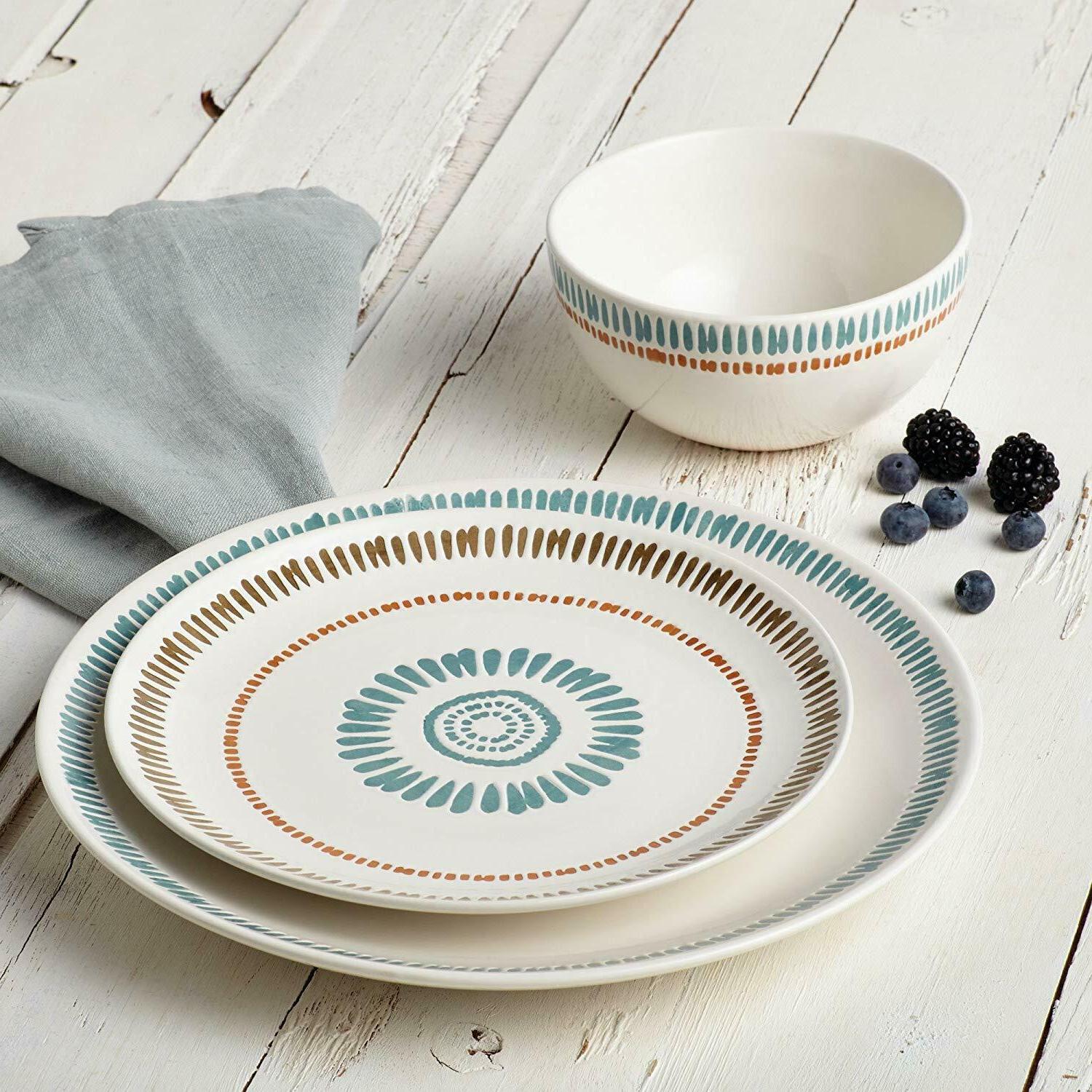

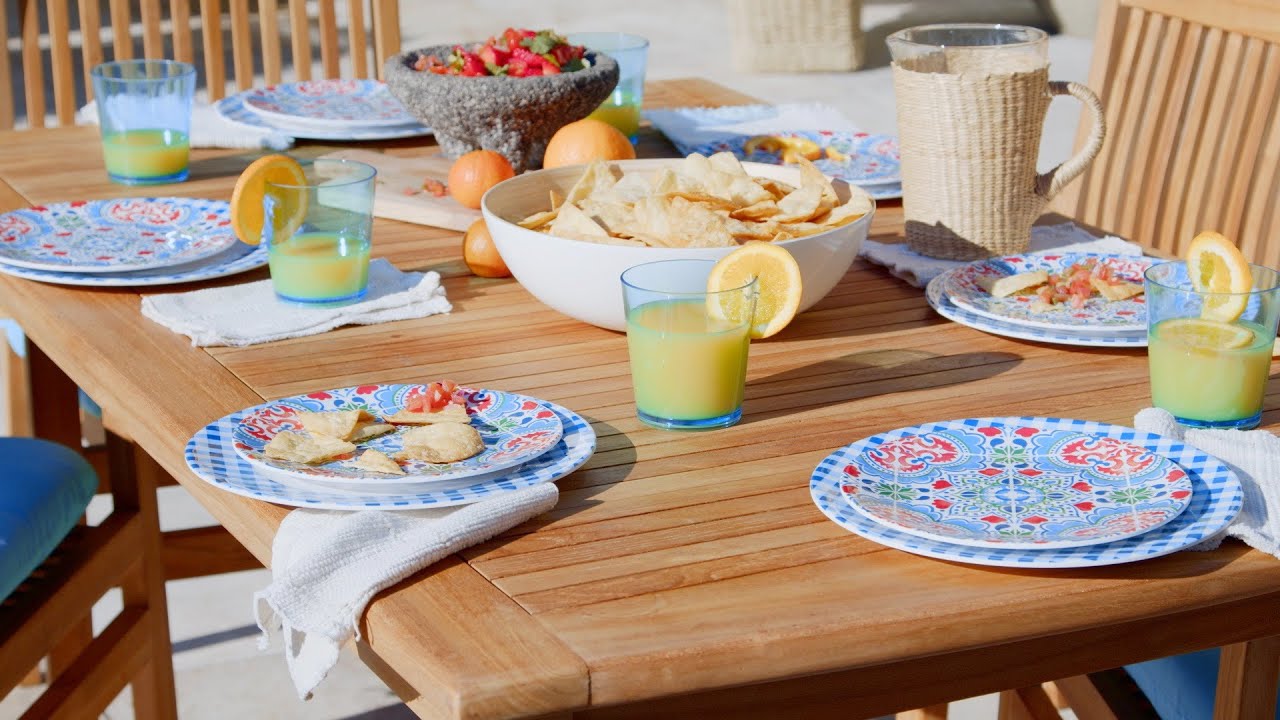
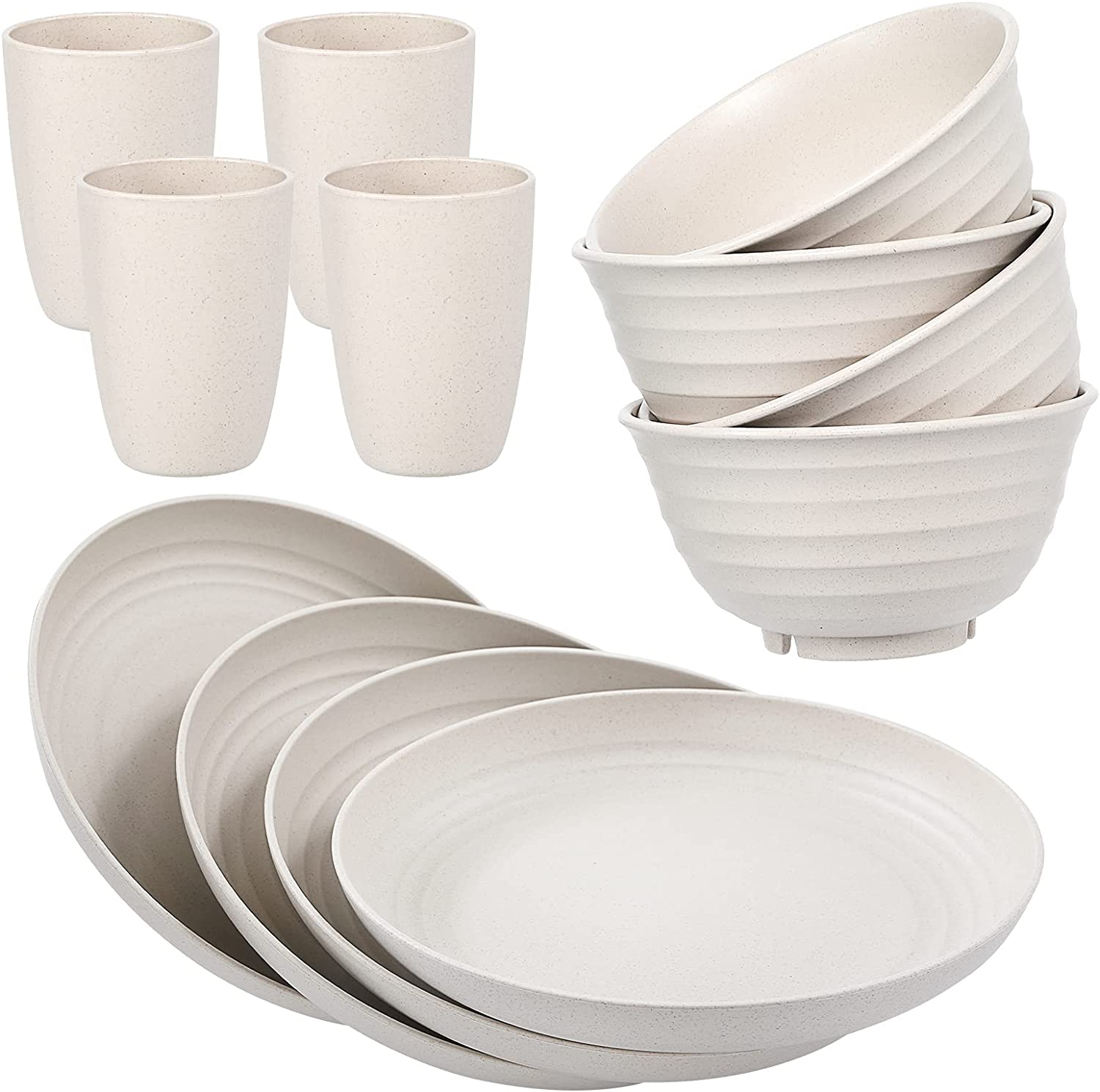
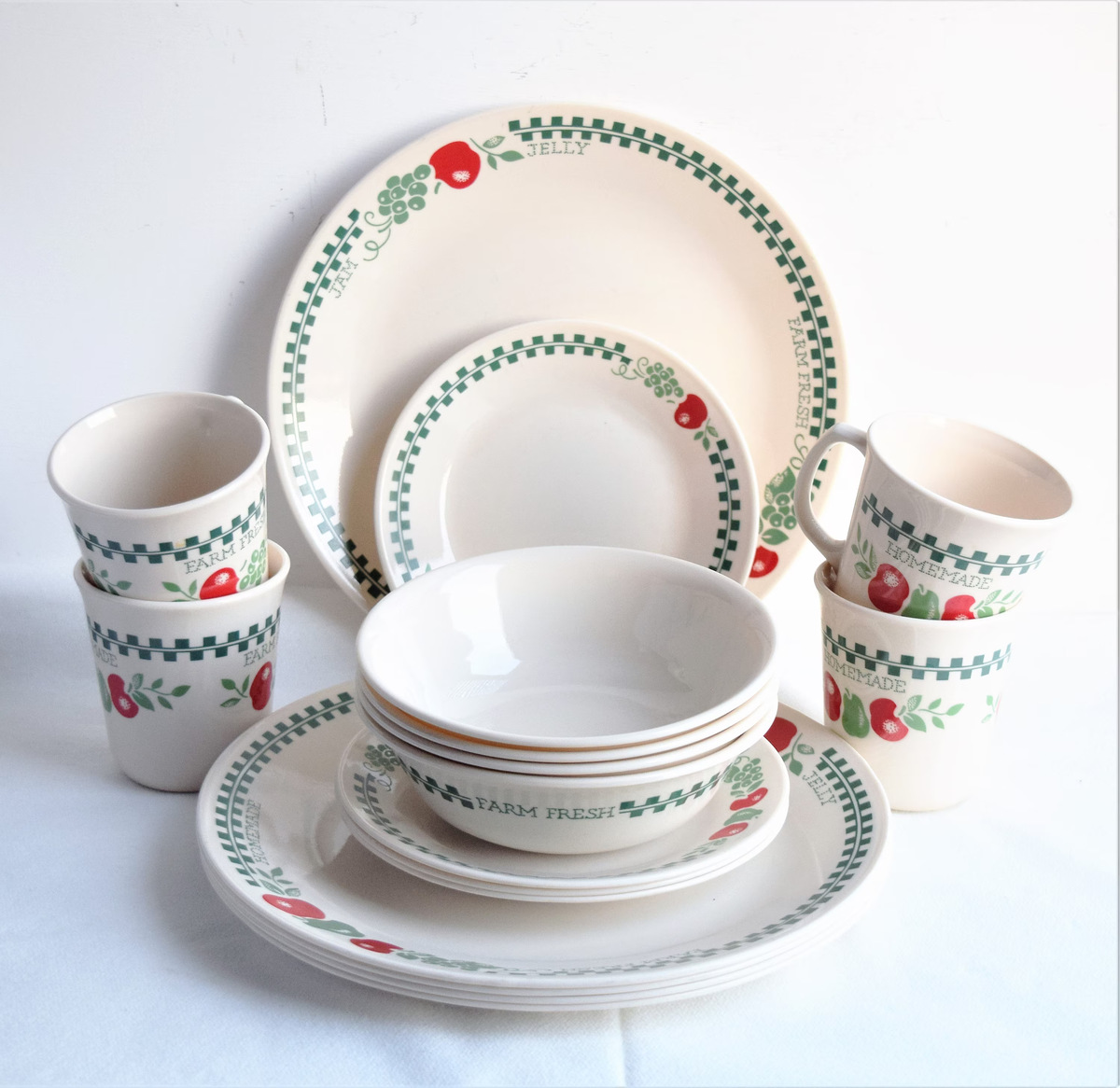

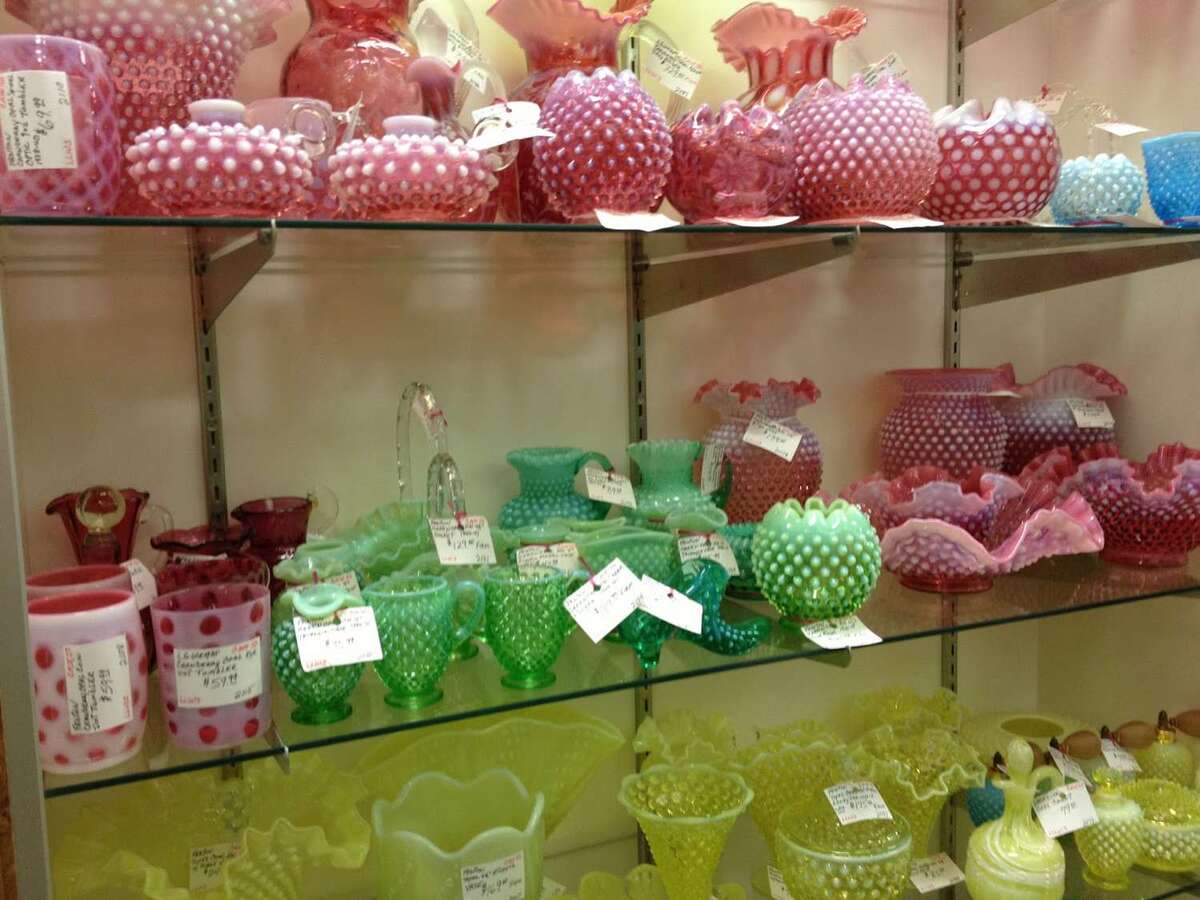

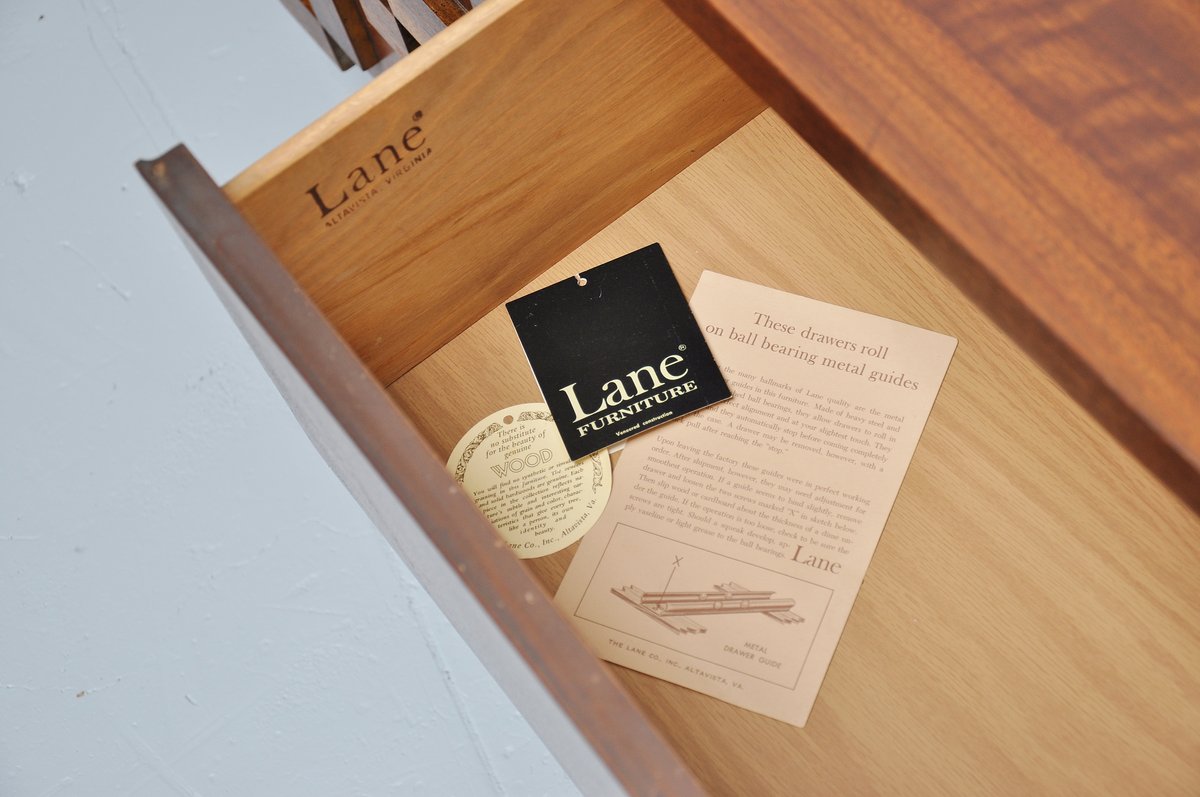
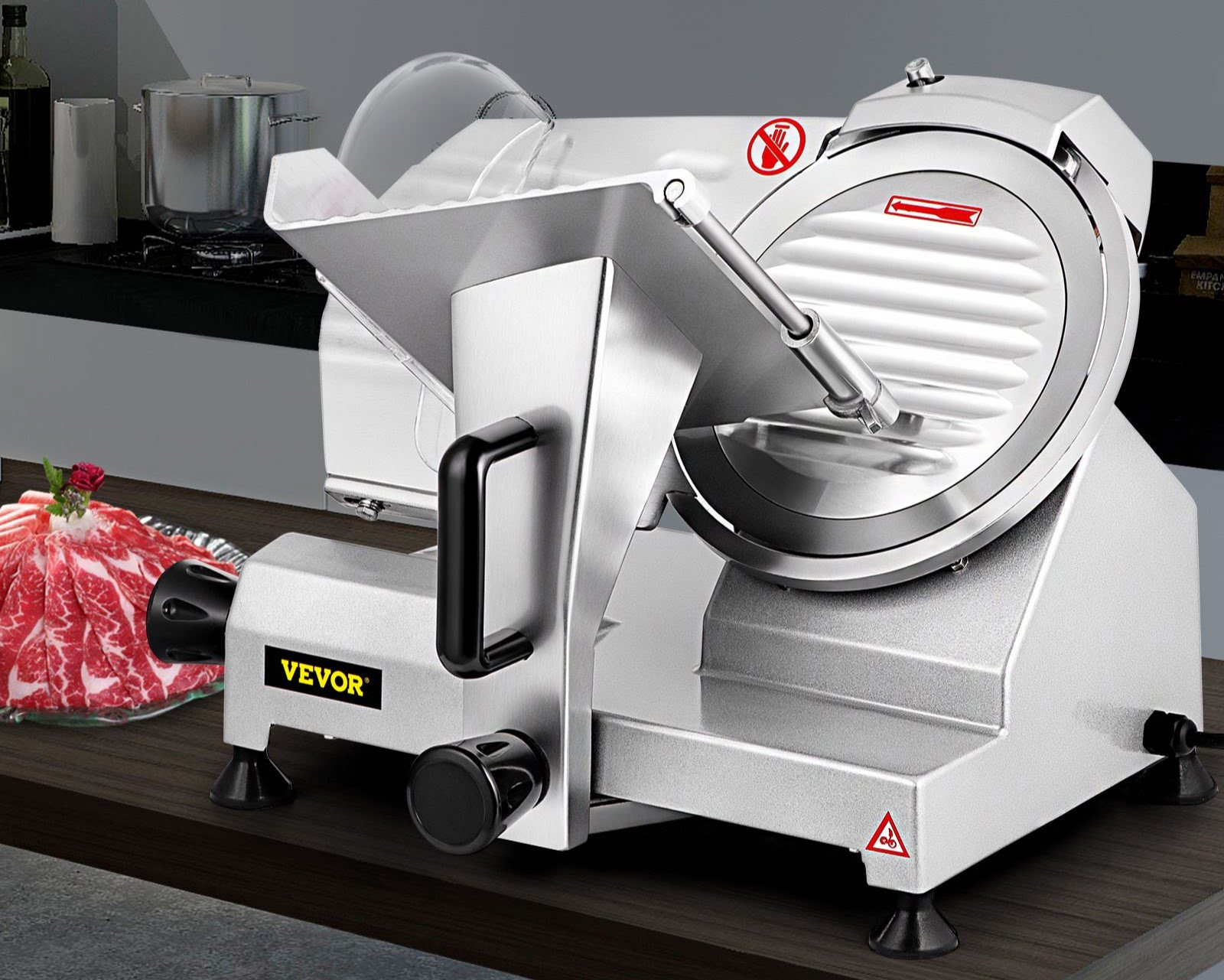
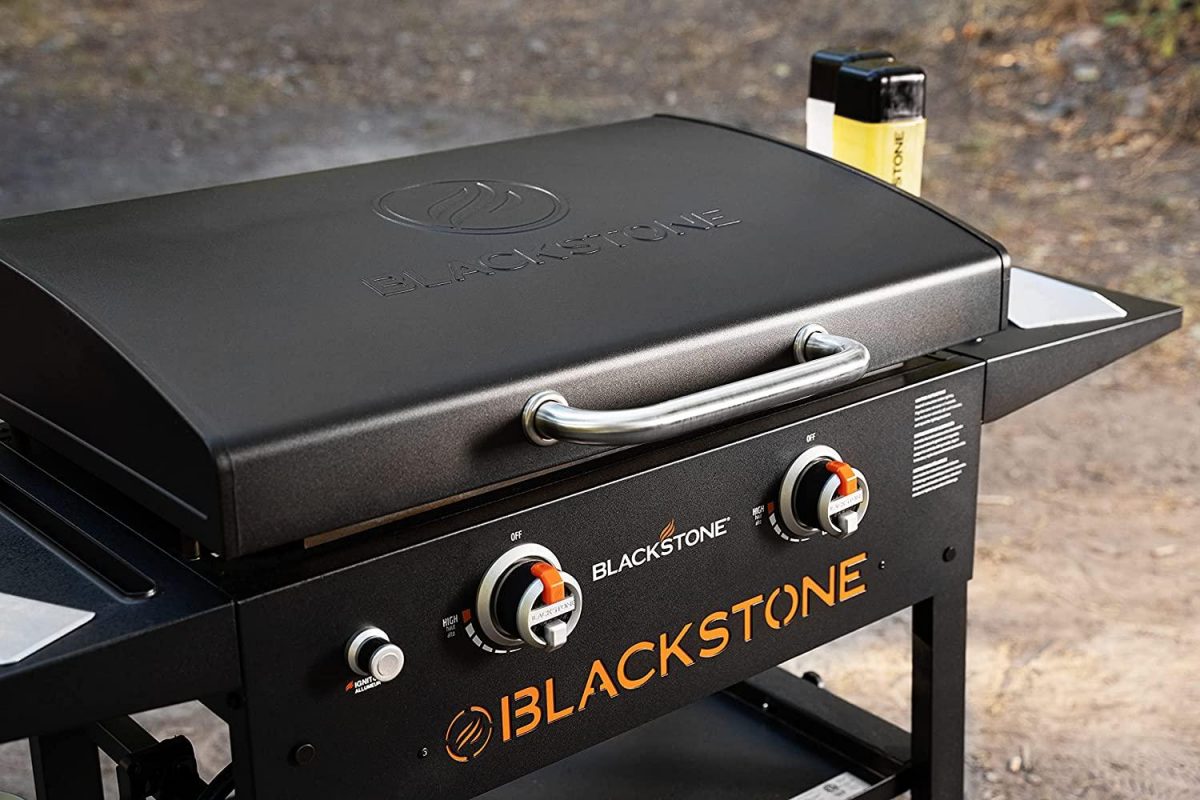

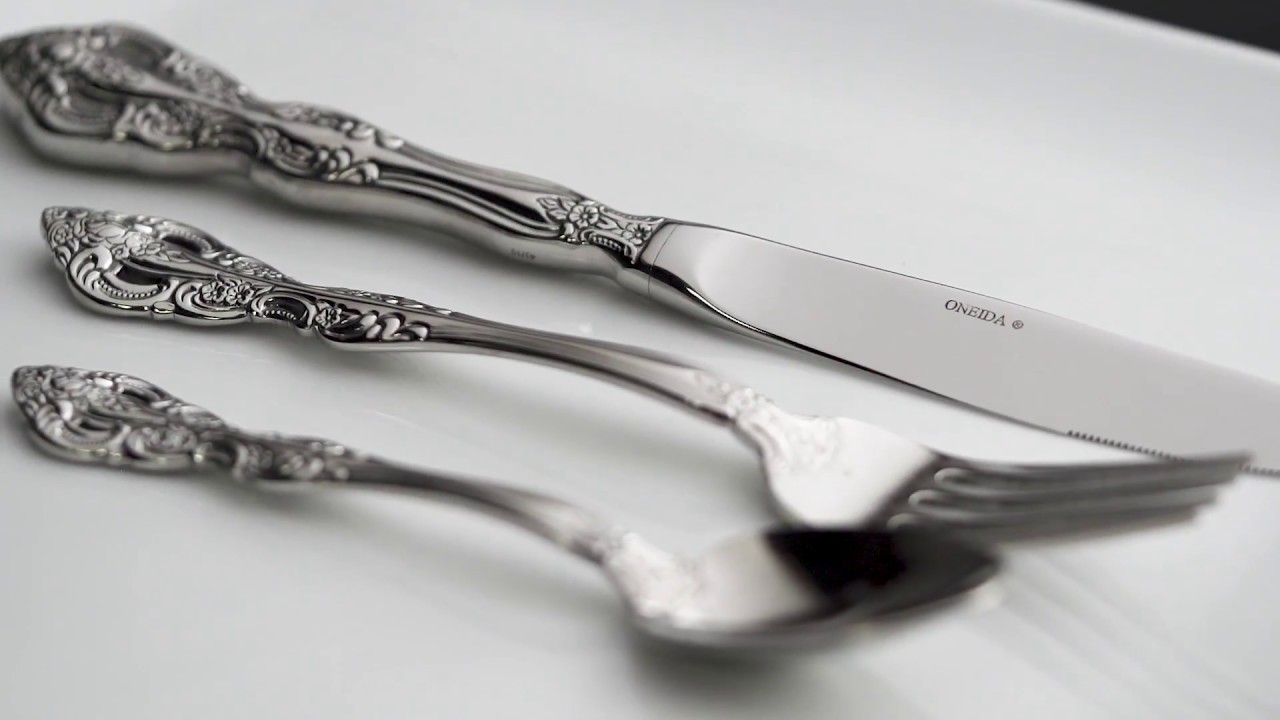


0 thoughts on “Where Is Food Network Dinnerware Made?”